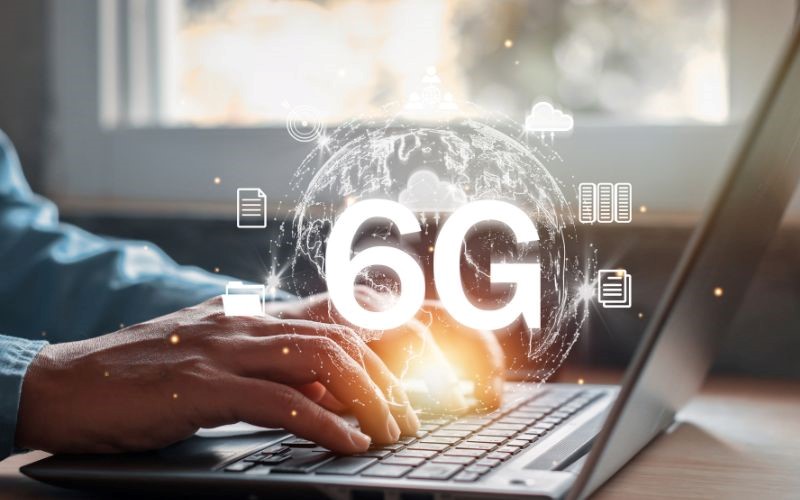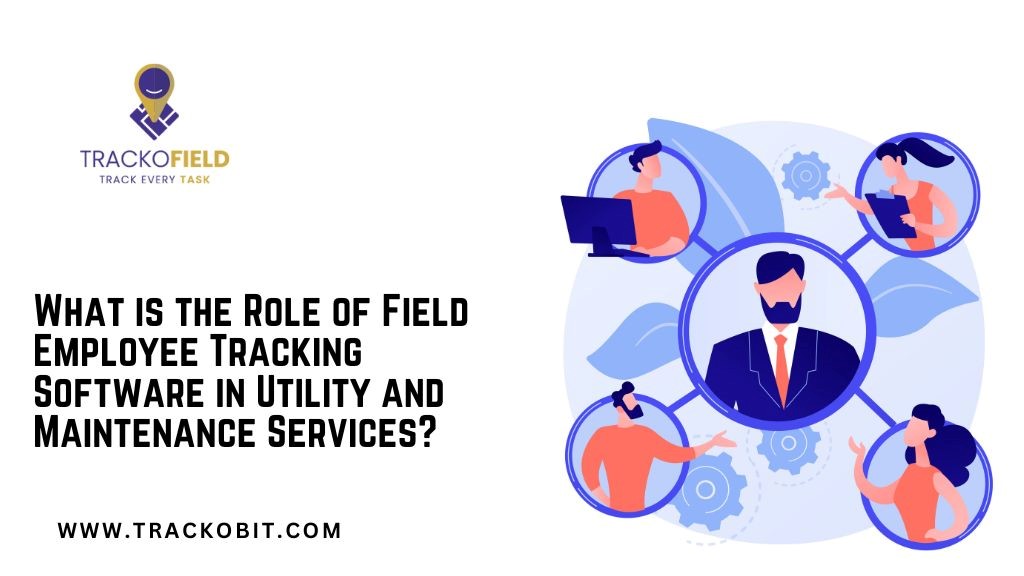
6G technology will be the next generation of mobile network to be launched, replacing 5G. It is already under development, but it is not yet a practical reality. It is estimated that its launch will take place in the 2030s.
Technology is one of the social sectors that has advanced the most in recent years, bringing amenities, practicalities and innovations of various types to the population's daily lives. And, speaking of innovation, one is very popular in the technological field and promises to be revolutionary for mobile connections.
Do you already know what we're talking about? That's right, from the 6G mobile network! Don't know it or want to find out more information about its applications and advantages? So, come with Softo and understand everything in this article!
Understand more about 6G technology
If you often browse the web and like to stay up to date with technology trends, you've probably heard about 6G internet. Understand more about this evolution:
Find out what 6G technology is
6G technology is the next generation of mobile network and promises to be the successor to the 5G connection, a version that is still being implemented in all corners of the world.
When will it be released
Despite already being well known among users, this evolution of the mobile network has not yet been launched. Its launch, so far, is undefined, after all, innovation is in the development process.
However, the expectation is that it will be available to the public around the 2030s, if everything goes well and within the expected deadlines. This makes 6G one of the technologies of the future!
Objectives and expectations for the development of 6G
The sixth generation of mobile connection is being developed with many objectives and expectations, and it is precisely for this reason that it has been so important for the technology industry.
The objectives of this internet advancement are quite diverse. They include faster browsing speed, easier integration between devices, supporting the connection of trillions of devices at the same time and allowing smart cities to truly exist.
Expectations for this type of connection are as promising as possible. Telecommunications companies believe that it will be 10 to 100 times faster than 5G, will have the ability to transfer large volumes of data and will enable several revolutionary applications and the realization of the metaverse.
Applications and Impact of 6G today
The truth is that, as 6G is not yet being used in practice and has not had its development process completed, it has no real applications and impacts today.
The introduction of this resource into human life will take place at least a decade from now, so it is difficult to know exactly how it works and its positive and negative points. But one thing is a fact: this evolution of connection will revolutionize the way people communicate, use digital tools and perform everyday tasks.
Furthermore, it is possible to predict that the sixth generation of mobile networks will impact education, health, industry and many other sectors of society, speeding up procedures, contributing to learning and optimizing a lot of time.
However, as not everything is rosy, it is also necessary to mention the negative effects of 6G on the environment. With more integrated devices and new digital applications, there will be an increase in energy consumption, the amount of electronic waste and structures essential for the full functioning of the technology in question.
Find out what the 6G differences will be
The 6G differences are the most important part of understanding why this innovation is so popular in the world of technology. Check out, therefore, which are the main ones among them:
Greater speed
As mentioned previously, the next generation of mobile connection is expected to be much faster, reaching 10 to 100 times faster than the current 5G. This will result in a much larger volume of data being transferred and processed at the same time.
Lower latency
Internet latency consists of the delay in network communication, being responsible for showing the time taken for data to be transferred over that network. Fortunately, with 6G, latency is almost non-existent, which makes browsing much more efficient!
Greater network capacity
Network capacity represents the speed, volume and type of traffic and the quality of the internet in general. With the sixth generation of mobile connection, this feature will be very efficient, making browsing much more satisfying.
Development of IoT (Internet of Things)
The Internet of Things is the connection between digital devices and real objects, aiming to exchange data and machine learning, to facilitate the performance of countless everyday tasks and bring greater practicality to everyday life.
For IoT to work accurately, it is essential to have high-quality and high-speed internet. Precisely for this reason, 6G will be a very useful resource for the development of this technology.
Know the difference between 5G and 6G
At this point in the post, you must be wondering about the difference between 5G and 6G, right? This is one of the main doubts associated with mobile networks, after all, the more recent they are, the more generations must present innovations to users.
The main differences between 6G and 5G are, without a doubt, the increase in speed and the reduction in latency. It may seem that these two factors offer few differences, but the truth is that they represent an absurd advance.
With them, the internet will be much faster than ever seen to date, expanding the technological possibilities and benefits of this tool!
Challenges and Considerations about 6G technology
If 6G technology is so advantageous and promising, why hasn't it been fully developed and launched yet? Well, there are several reasons for this, but the main ones are its high financial cost and its complexity.
The structure necessary for this evolution to work with quality is very dense, lacking antennas, processors, relays, power supply and several other attributes.
Therefore, it is complex and expensive to organize and adapt all these elements in the most diverse countries in the world, which becomes a major challenge for the implementation of 6G.



